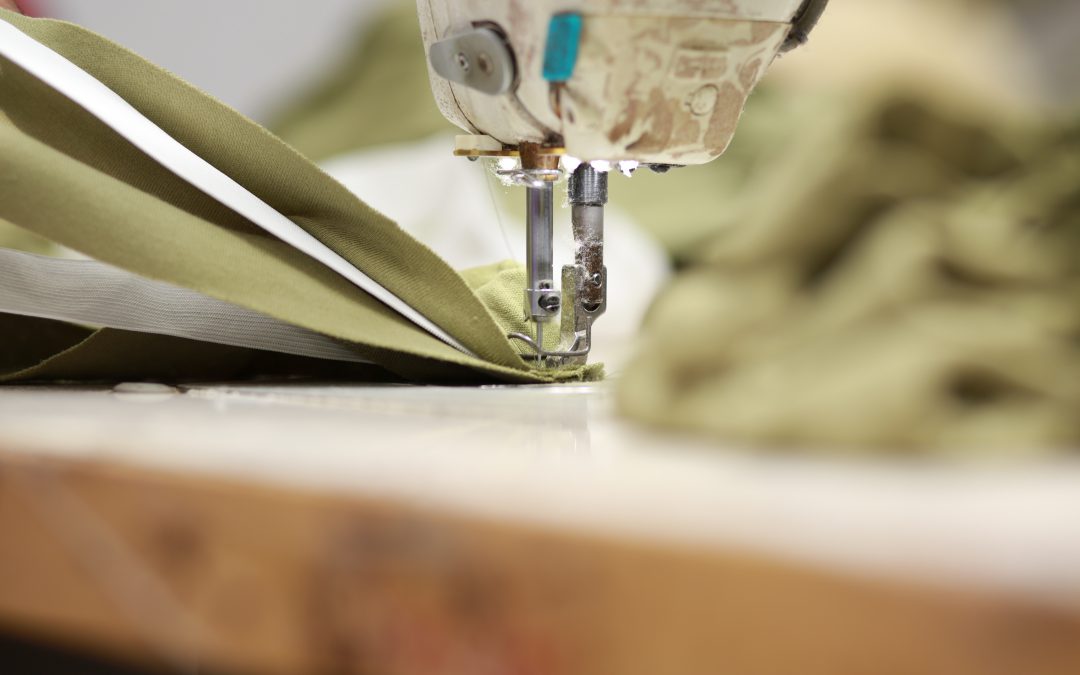As awareness about environmental sustainability increases, the fashion industry is under increasing pressure to adopt more eco-friendly practices. In particular, sustainable clothing manufacturing has become a key focus area, with companies seeking to reduce their environmental footprint and create a more ethical and sustainable supply chain.
In this blog post, we’ll explore the future of sustainable clothing manufacturing, including some of the best practices and innovations that are helping to drive positive change.
1. Sustainable Materials
One of the key areas of focus for sustainable clothing manufacturing is the use of eco-friendly materials. Many clothing manufacturers are now opting for materials that are organic, recycled or upcycled. These materials not only reduce the environmental impact of clothing production, but also offer benefits such as increased durability and reduced water usage.
In addition, clothing manufacturers are also exploring alternative materials such as bamboo, hemp, and Tencel, which require less water and pesticides to grow than traditional cotton. These materials are also biodegradable, which means they can be composted at the end of their life.
2. Water Conservation
Water is one of the most valuable resources in clothing manufacturing, and it’s also one of the most heavily used. However, many clothing manufacturers are now adopting innovative water conservation practices to reduce their water usage.
For example, some manufacturers are using closed-loop systems to recycle and reuse water during the manufacturing process. Others are adopting new dyeing techniques that require less water, such as air dyeing or dyeing with natural pigments.
3. Energy Efficiency
Another key area of focus for sustainable clothing manufacturing is energy efficiency. Many clothing manufacturers are now using renewable energy sources such as solar or wind power to reduce their carbon footprint.
In addition, manufacturers are also exploring new technologies to improve energy efficiency in clothing production. For example, some companies are using computer-aided design (CAD) software to reduce waste during the cutting process, while others are using laser cutting technology to reduce fabric waste.
4. Supply Chain Transparency
Finally, sustainable clothing manufacturing also requires a commitment to supply chain transparency. This means that clothing manufacturers must be able to trace the entire lifecycle of their products, from raw materials to finished garments.
This transparency allows companies to identify areas of their supply chain that may be less sustainable, and to take steps to address these issues. For example, a clothing manufacturer may choose to source materials from a more sustainable supplier, or to switch to a different manufacturing process that has a lower environmental impact.
In conclusion, sustainable clothing manufacturing is becoming increasingly important in the fashion industry. By adopting best practices and innovative technologies, clothing manufacturers can reduce their environmental footprint, improve their supply chain transparency, and create a more ethical and sustainable fashion industry.



Recent Comments